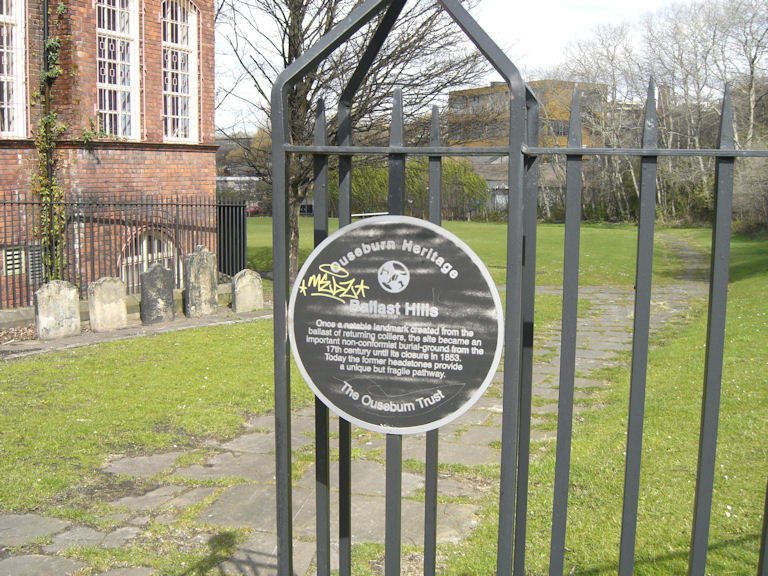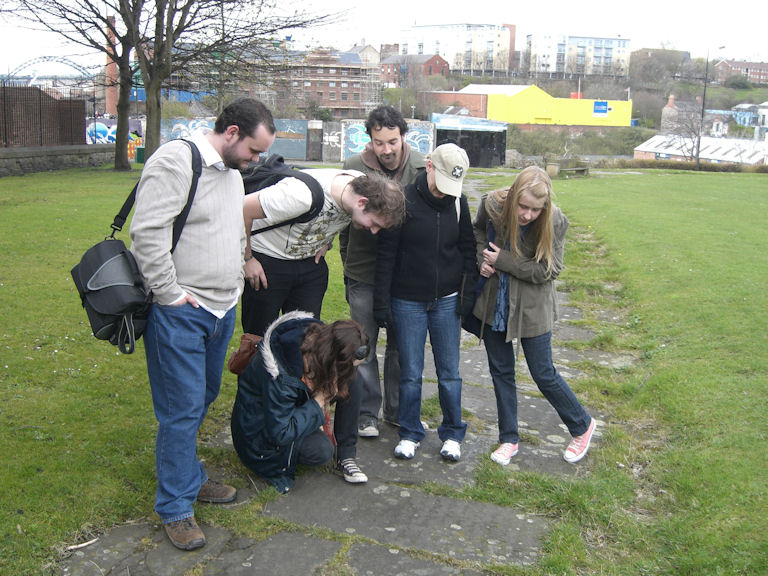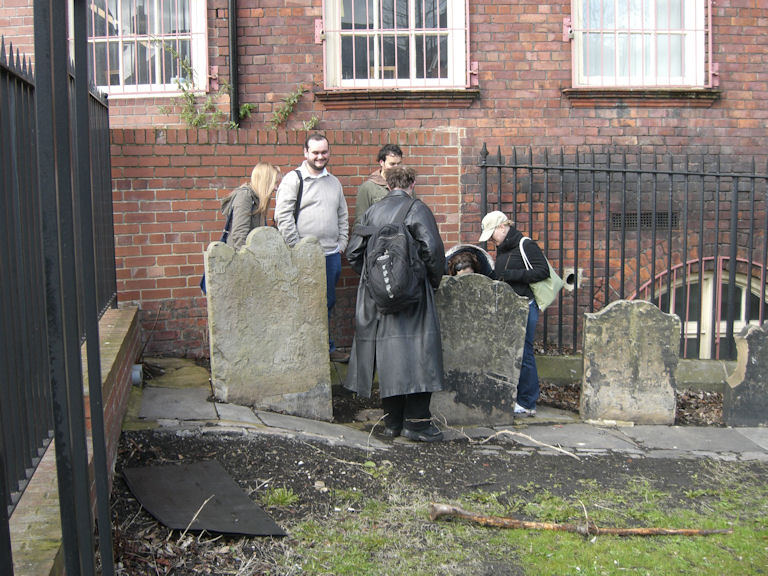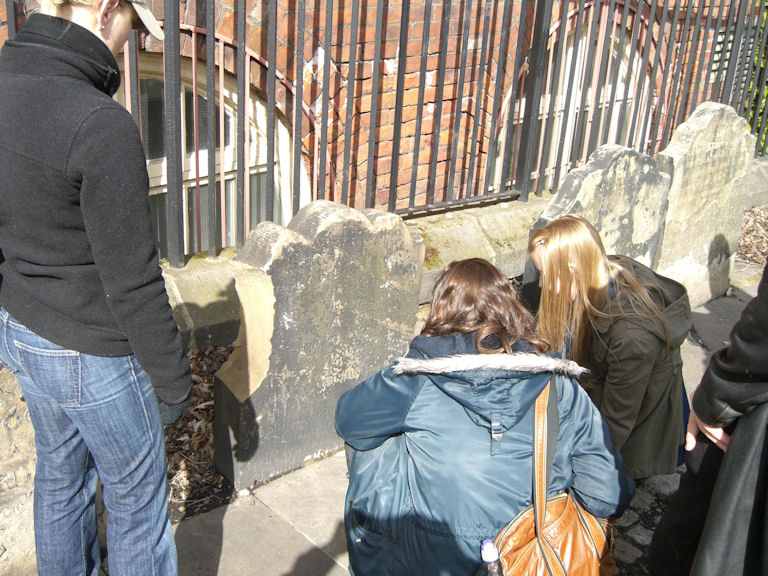
Ballast Hills, Newcastle
Ballast Hills was an extra parochial burial ground that served the city of Newcastle between the early seventeenth and mid-nineteenth centuries. There is evidence it was first used to bury plague victims in the early seventeenth century. Thereafter it became a burying ground for Newcastle's growing dissenting community. The site was formed from the ballast unloaded from ships. Initially it was unfenced, but in the late eighteenth century, following complaints that animals (and children) were infesting the site, a stone wall and a gate was erected by public subscription. At the height of its popularity as a burial place in the late eighteenth and early nineteenth century something like half of all Newcastle inhabitants, many of the poor as well as religious dissenters, found their last resting place here. The ground was closed for burials in 1853, after a cholera outbreak, but remained an open space. In 1929 the burial stones on the site were removed, many being reused as flagstones for the path that now runs round the ground, and the entire site was turned into a public recreation area. A football pitch is currently on the site. Some gravestones of prominent dissenting and Methodist ministers were re-erected against the local School, where they can still be seen today. Although most of the inscriptions on the gravestones are now indecipherable, many were preserved by antiquarian publications in the nineteenth century. The circular site of Ballast Hills is clearly visible on eighteenth- and nineteenth-century maps of the city.



![]()

Field trip homepage St Nicholas Cathedral Trip Ballast Hills video clip Ballast Hills video clip 2